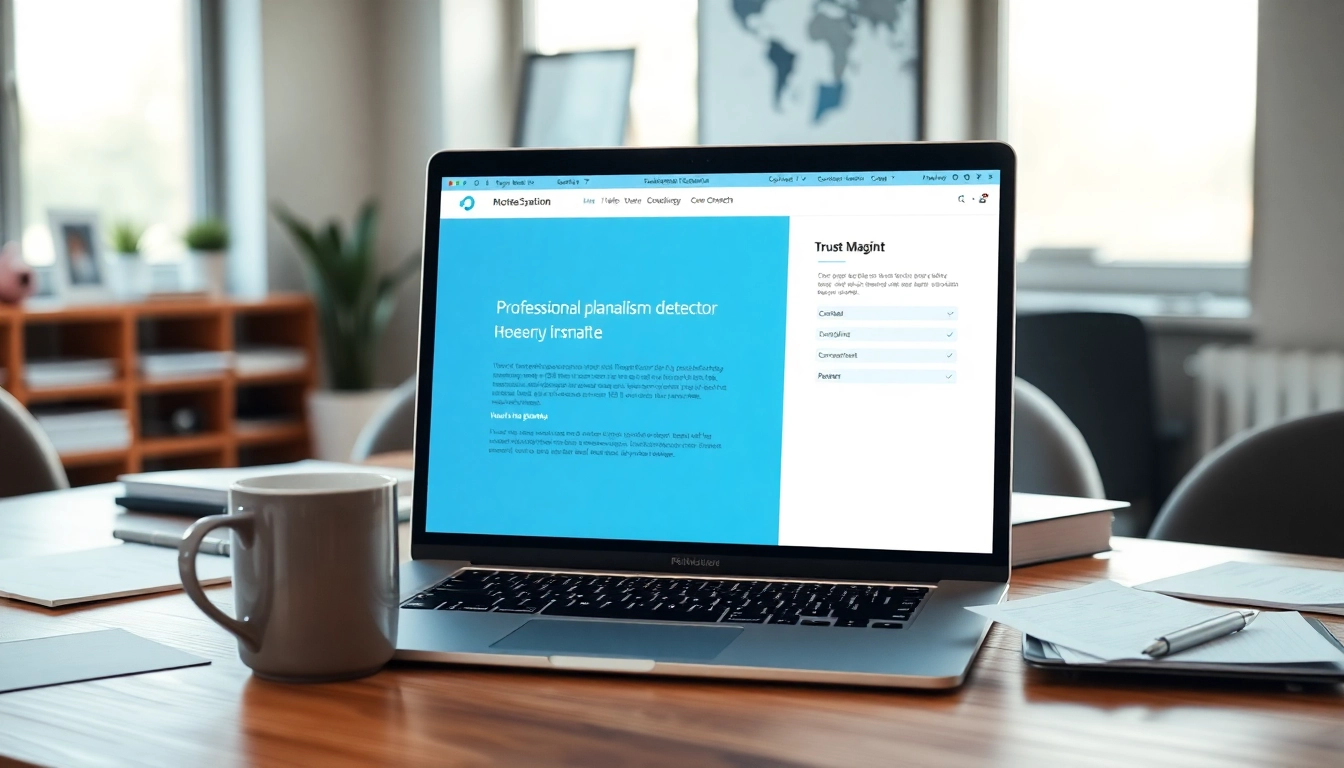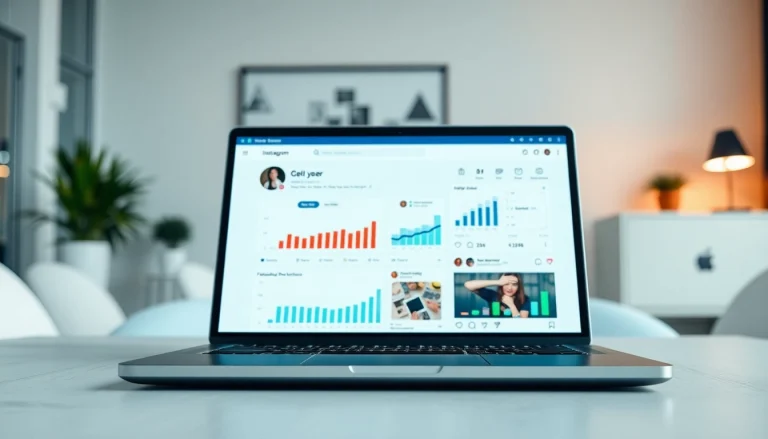Understanding the Importance of a Plagiarism Detector
In an age where content is king, safeguarding the originality of what we write has never been more crucial. The rise of the internet has democratized information access but has also made it increasingly easy to copy and paste from various sources. This is where a plagiarism detector comes into play. Not only does it help students maintain academic integrity, but it also aids professionals in ensuring that their output is original and free from copyright infringement.
Why Use a Plagiarism Detector?
Plagiarism detection tools serve multiple purposes, including:
- Protecting Academic Integrity: For students and educators, maintaining originality in academic work is vital. Institutions often employ plagiarism detectors to uphold their standards.
- Enhancing Content Quality: Content creators and writers can use these tools to check their work against existing material, ensuring uniqueness and therefore higher engagement levels.
- Preventing Legal Issues: Failing to validate that your work is free from plagiarism can lead to serious legal repercussions. This is particularly pertinent for businesses that rely heavily on content marketing.
Common Misconceptions About Plagiarism
Despite the growing awareness of plagiarism, many misconceptions linger. Here are a few:
- All Forms Are Intentional: People often assume that all plagiarism is done with malicious intent. In reality, many instances occur due to misunderstanding citation rules.
- It Only Relates to Text: While text is the most common form of plagiarism, it can also involve images, data, and even ideas.
- Paraphrasing Equals Originality: Simply rewording someone else’s ideas without proper credit still constitutes plagiarism.
How Plagiarism Detectors Work
Essentially, plagiarism detectors scan submitted texts and compare them against a vast database of existing material. Here’s a breakdown of their operation:
- Text Input: Users upload their content either by copy-pasting or via direct file uploads.
- Algorithm Scanning: The tool employs algorithms to analyze the text, searching for similarities in phrasing, sentences, and structure.
- Results Compilation: After scanning, the tool provides a report highlighting matched content, rendering a similarity percentage that makes interpretation easy.
Key Features to Look For in a Plagiarism Detector
When selecting a plagiarism detector, it is imperative to consider certain key features to ensure effectiveness:
Accuracy and Reliability Metrics
Accuracy is the cornerstone of any plagiarism detector. Tools that offer high reliability provide precise results that reflect the true originality of your work. Look for:
- Database Size: A larger database means a higher chance of catching similarities.
- Real-time Results: Instantaneous analysis allows writers to identify plagiarism quickly and make amendments.
- Detailed Reporting: Effective tools provide comprehensive reports, detailing the sections of text that are flagged and offering links to the original sources.
User-Friendly Interface and Experience
User experience is another critical element. A good detector should be:
- Intuitive: A clear interface allows users to navigate the tool without confusion.
- Simple Upload Process: Facilitating easy uploads ensures a smooth user experience, catering to both tech-savvy and novice users.
- Accessibility: Options for mobile access or web-based functions make tools convenient for on-the-go users.
Availability of Multiple File Formats
The ability to scan various file types is essential for accommodating user needs. An effective plagiarism detector should support:
- Document Formats: Common formats like .docx, .pdf, .txt, etc.
- Web Pages: The ability to check online content directly via URLs adds value.
- File Size Limits: Tools that allow larger file sizes offer greater flexibility for comprehensive checks.
Comparative Analysis of Popular Plagiarism Detectors
With so many tools available, choosing the right one requires a comparative analysis. Here are some popular options and what they offer:
DupliChecker vs Grammarly: Which Should You Choose?
DupliChecker is popular among budget-conscious users. It offers a robust free version that allows checking with ease. However, the premium features lack the depth found in tools like Grammarly, which is known for its comprehensive writing assistance, including grammar and tone checks along with originality verification. Grammarly’s plagiarism detector boasts integration into word processing tools, making corrections seamless.
Scribbr Plagiarism Checker: Features and Benefits
Scribbr claims to detect plagiarism with a higher accuracy than many competitors, especially when it comes to heavily edited documents. Users appreciate that its plagiarism reports include links to highlight where plagiarism occurred, making it easy to remediate issues quickly. Additionally, it offers a user-friendly interface and is known for its responsive customer support.
Budget-Friendly Options: Best Free Plagiarism Detectors
Not everyone can afford premium tools, which is why free options have gained popularity. Here are some top contenders:
- DupliChecker: As mentioned earlier, this tool offers accurate results in a straightforward interface.
- Plagscan: While limited in free versions, it is polished and delivers decent quality results.
- PapersOwl: Known for its online plagiarism checker for students, it ensures a user-friendly experience at no cost.
How to Effectively Use a Plagiarism Detector
Merely having a plagiarism detector doesn’t ensure optimal results. Follow these steps to maximize its benefits:
Step-by-Step Guide to Scanning Your Documents
The scanning process usually involves straightforward steps:
- Choose Your Tool: Select a tool that adapts to your requirements.
- Prepare Your Text: Ensure that your document is clean and correctly formatted.
- Upload Your Content: Use the upload feature or paste your text into the tool’s editor.
- Initiate the Scan: Click the appropriate button to commence the analysis.
- Review Your Results: After scanning, thoroughly read the generated report.
Interpreting the Results from the Plagiarism Detector
Once the report is generated, understanding what it signifies is essential:
- Match Percentage: The percentage indicates how much of your content matches with other sources. A higher percentage raises flags.
- Highlighted Text: Review the highlighted sections to understand what content was flagged.
- Source Links: Use these links to trace the origins of the matched content for a clearer understanding.
Making Improvements Based on Scanner Feedback
Using the feedback to refine your content is crucial:
- Revise Flagged Sections: Edit or rephrase sections highlighted as plagiarized.
- Cite Sources Properly: If you use someone else’s ideas, remember to give them credit.
- Use Paraphrasing Techniques: Rather than copying, take the time to understand and rephrase the core ideas in your style.
The Future of Plagiarism Detection Technology
As technology evolves, so does plagiarism detection:
Trends in AI and Plagiarism Detection
AI is rapidly transforming plagiarism detection. Innovations include:
- Enhanced Algorithm Performance: As AI develops, scanners are becoming increasingly adept at understanding context, not just raw statistics.
- Real-Time Updates: Tools are now equipped with features that update their database offerings in real-time, ensuring the most comprehensive checks.
- Integration with Writing Tools: Future tools will likely integrate seamlessly with existing writing environments, providing suggestions in real-time.
Impacts of Technology on Academic Integrity
Emerging technologies may result in:
- Greater Accessibility: More tools will democratize access to plagiarism detection, aiming for universal academic integrity.
- Shifts in Educator Perspectives: As detectors improve, educators may shift their focus to teaching originality as a first principle.
- Reactive Measures: Schools may adopt stricter policies against academic dishonesty, relying on advanced detector outcomes.
Preparing for Advanced Plagiarism Detection Tools
As a writer or a student, preparing for these advancements can involve:
- Continuous Learning: Stay informed about best practices in citation and originality.
- Utilizing Available Resources: Make the most of available plagiarism detectors, both free and premium.
- Maintaining Ethical Standards: Upholding academic integrity and originality should always be a priority.








